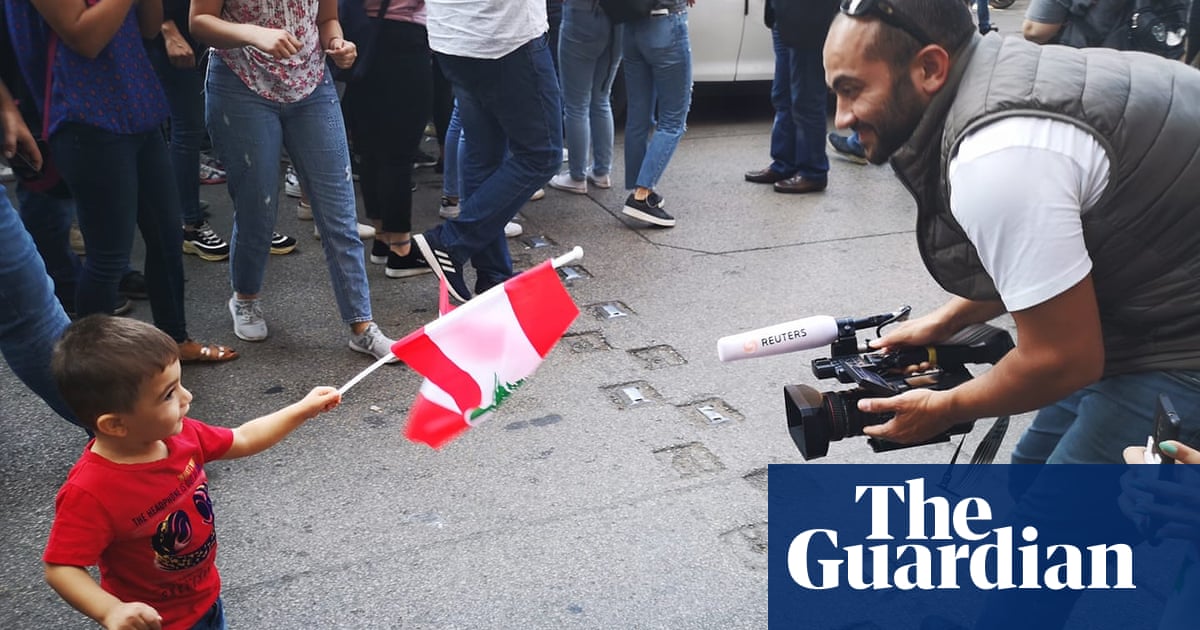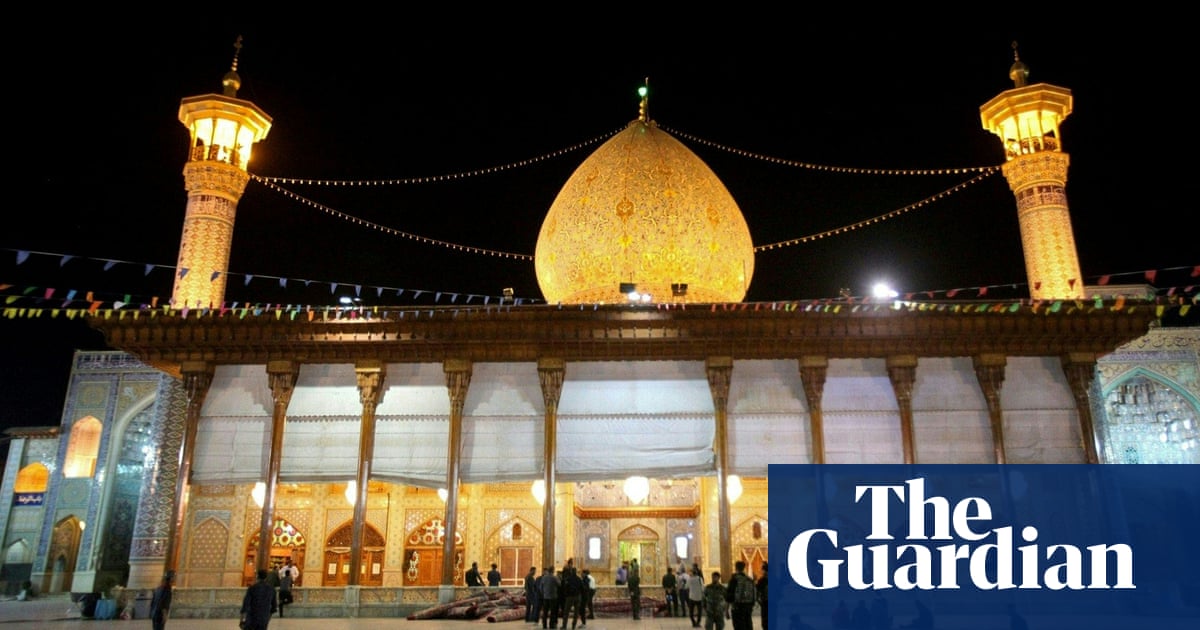
A group of international journalists covering clashes on the border in south Lebanon have been hit by shelling, with one killed and six injured. The Associated Press and Al Jazeera said the weapon was an Israeli shell.
Reuters said: “We are deeply saddened to learn that our videographer Issam Abdallah has been killed. Issam was part of a Reuters crew in southern Lebanon who was providing a live signal. Our thoughts are with their families at this terrible time.”
Al Jazeera said two of its employees, Elie Brakhya and the reporter Carmen Joukhadar, were among the wounded.
Images from the scene showed a charred car. The shelling occurred during an exchange of fire along the Lebanon-Israel border between Israeli troops and members of Lebanon’s militant Hezbollah group.
The Lebanon-Israel border has been the scene of sporadic acts of violence since Saturday’s attack by Hamas on southern Israel.
Farther from the border, after three days of attacks and counterattacks between Hezbollah fighters and their Palestinian allies on one side and Israeli forces on the other, an eerie quietness settled over the hills of south Lebanon.
Roads that meandered between olive groves and stony hills were deserted, town squares had emptied of noisy crowds, shops were shuttered and fruit and vegetable stalls abandoned. In Maroun al-Ras, a village atop a hill less than a mile from the border that was the scene of some of the fiercest fighting in a July 2006 war between elite Hezbollah and Israeli commandos, all the houses had their curtains drawn and doors shut.
During that war, other towns and villages scattered along the hills of south Lebanon were pulverised by Israeli aerial bombardment and shelling. Houses crumbled into piles of rubble and roads were turned upside down. About 1,200 people were killed in Lebanon, mostly civilians, and nearly 200 Israelis died, mostly soldiers. In that war, there was also significant destruction in Beirut’s southern suburbs.
In a suburban hardware shop, its owner, who gave his name as Hamdan, was defiant: “We believe in the resistance and nothing will dissuade us or change or beliefs – not the destruction of our property nor the loss of our families. It’s a spiritual matter for us,” he said.
In 2006, he said, he had fled his family house in a small border village in response to warnings from Hezbollah fighters. Israeli jet fighters destroyed his entire street a few days later.
Since Hamas and Israel went to war last weekend, Hezbollah’s engagement in the conflict has been calculated and gradual, allowing Palestinian allies to fire rockets and infiltrate the border to attack Israeli military units. When Israel responded by shelling a Hezbollah post and killing three of its fighters, Hezbollah retaliated by firing and destroying an armoured vehicle, killing one soldier and severely injuring another.
These attacks and counterattacks seem to follow the rules of engagement established between the two sides since their last war in 2006: violent deterrence that is limited in scope and geography while maintaining a general, if tentative, calm along the rest of the border.
So far, that strategy had enabled Hezbollah and its allies to engage in a war of attrition of sorts, keeping the Israeli military in the northern sector occupied without allowing the conflict to spill into Lebanon, with its shattered economy and crumbling infrastructure.
All that could change if Hezbollah and its regional allies decide more active involvement is needed to ease the pressure on Hamas in Gaza.
Along the road towards the eastern edge of the southern border, the tall concrete border wall, topped with metal mesh and mounted with cameras, was painted with murals showing people marching on to Jerusalem. Nearby, a group of four blue-helmeted UN soldiers stood chatting, basking in a deceptive and precarious calm.












